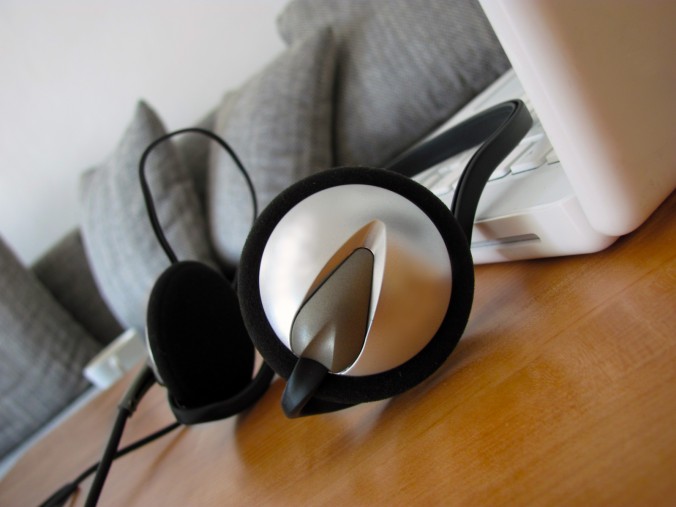With the development of technology, video interviews are becoming the go-to method for a lot of recruiters. Although most students and new grads are familiar with webcams and computers, engaging in a professional on-screen meeting can still feel like unfamiliar territory.
Even the most experiences interviewee can experience nerves during their first online interview. So how do you help them perform at their best? Consider these 12 tips:
Setting up the interview
1. Establish the tone – Students and grads will sometimes get the impression that online interactions are casual. It’s important to make it clear that this video interview is just as important as a face-to-face meeting. Simply mentioning to your candidate that they should treat this interview as a face to face engagement should suffice.
2. Plan for technical issues – Every type of engagement comes with their possible setbacks. For video interviews, weak internet signals and computer malfunctions can be enough to derail the meeting. Be sure to establish an alternate phone number your candidate can reach you at, and ensure that they have a phone nearby in case you need to reach them.
3. Give them some tips – When scheduling your engagement, it helps to casually ask if your candidate has done a video interview before. If this if your candidate’s first time, encourage them to do some research online. This will help them feel more prepared on the day of the interview, and help them perform better.
4. Remember the time difference – Often, video interviews are used to interview candidates that live a distance away. If they’re in another time zone, make sure you’re clear when scheduling the date and time. For example: “So we’ll meet this upcoming Monday at 10am Toronto time. That will be 11am Halifax time for you.” This will help clear any confusion.
Right before the interview
5. Test your technology – Have a co-worker do a test video call with you. Ensure the connection is strong, and they can see and hear you well (it’s best to use a headset for engagements like these). Doing this beforehand can minimize the risk of something going wrong during the interview.
6. Check your lighting – While you don’t need professional lighting, it’s best to have a flattering light when chatting with your candidate. Try facing a window for a soft, natural light (not harsh sunlight!). Alternatively, set yourself up in a well-lit room. The last thing you want is a candidate squinting and struggling to see you, ultimately creating a distracting performance.
7. Send a message – If you are using a program like Skype, use the chat feature to send your candidate a message ten minutes before the interview. Otherwise, send them a quick email. Let them know that you’re preparing for the interview, and you will call them at the agreed time. This will take some pressure off of them, so they don’t have to worry whether or not you’re online and ready to go.
8. Minimize distractions – If you had a candidate come into your office for an interview, would you permit noisy co-workers in the room with you? Likely, your answer is no – as it should be! Be sure that you have a quiet room to work in, and if necessary, leave a note to let your colleagues know you’re in an interview.
During the interview
9. Engage in small talk – In a face to face interview, there is usually that period of “down time” before and after the interview where you are able to casually chat with the candidate. Don’t leave that out – take a few minutes to ease them into the conversation before diving into your questions.
10. Validate their apprehensions – Talking to a camera can feel weird to a lot of students and grads. If they seem out of their element, casually let them know they’re not alone. A comment as simple as “it can feel a bit strange, I know.” or “I remember my first video interview. You get used to it.” can be enough to help them feel at ease.
11. Be aware of the delay – Connection delay may just be the most annoying part of a video interview. Candidates may experience heightened nerves if their technology shorts out – often they’ll feel like it may cost them the interview. Let them know that you’re experiencing a poor connection on your end as well, and assure them that it happens from time to time.
12. Don’t forget to interact – Sometimes it’s easy to forget that you’re talking to a person, and not a screen. Be sure to give the candidate feedback: nod and give verbal responses when appropriate. There’s always the worry that your conversation partner can’t hear you, so having constant responses throughout the interview can help set your candidate’s mind at ease.
Discussion: Which type of interview do you find students and grads perform best in… video or in-person?






Leave a Reply
You must be logged in to post a comment.